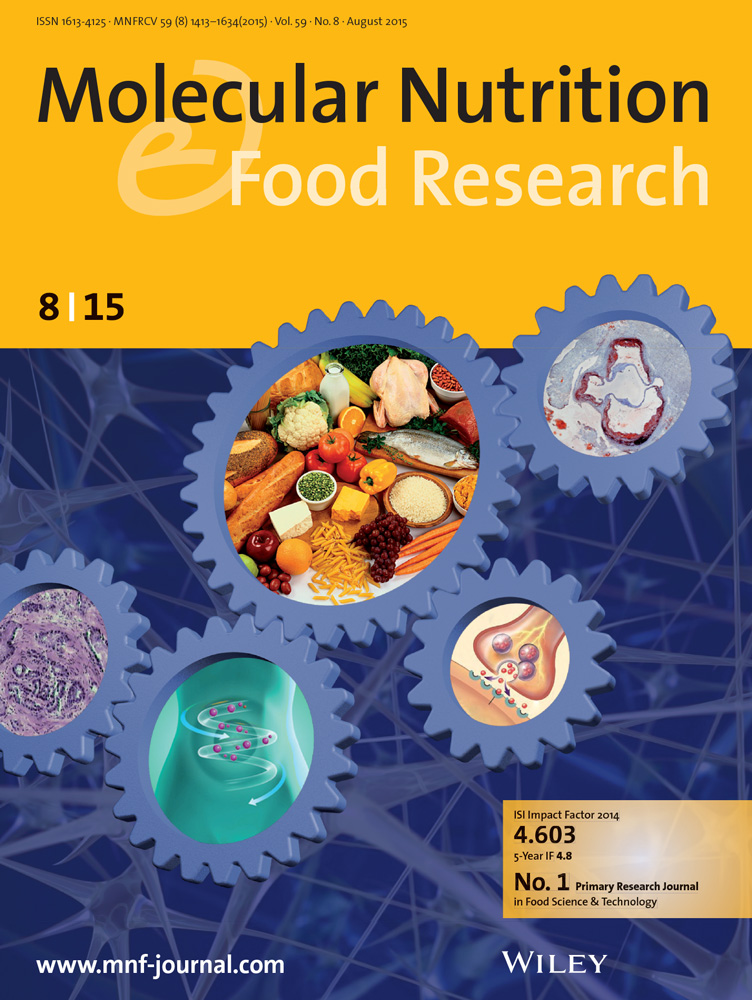营养对鞘脂调节生理的影响
IF 4.2
2区 农林科学
Q1 FOOD SCIENCE & TECHNOLOGY
引用次数: 0
摘要
鞘脂(SLs)是一种非常多样化的脂类,早在1884年德国医生约翰·图迪库姆就已经描述过了。这些脂类的名称源于它们(当时)神秘的性质和对其细胞功能的缺乏了解,这与希腊神话中的斯芬克斯生物相比较。今天,我们知道SLs在多种生理和细胞过程中发挥重要作用,包括组织发育、生长调节、凋亡、粘附、细胞迁移、细胞衰老、受体信号传导和激素效应,并与许多不同疾病背景下的多种病理过程相关。除了特定SLs在发育过程中的作用外,它们在引起和预防代谢性疾病(包括心血管疾病、肥胖和成年期糖尿病)中的关键作用已通过靶向基因操作、脂质组学和先进的生化分析(如脂质-蛋白相互作用组学)被发现。值得注意的是,在母体和父亲对后代的影响及其代谢性疾病风险的背景下,我们对SLs跨代疾病机制的了解存在空白。本文综述了我们在SL代谢和细胞在健康和疾病中的作用方面的知识,同时重点介绍了膳食对成人及其发育中的后代SL控制代谢的影响。本文章由计算机程序翻译,如有差异,请以英文原文为准。
Impact of Nutrition on Sphingolipid-Regulated Physiology: A Review.
Sphingolipids (SLs) are a very diverse group of lipids already described by German physician Johann Thudichum in 1884. The name of these lipids originates from their (at the time) enigmatic nature and lack of knowledge about their cellular function, which was compared to the creature sphinx in Greek mythology. Today we know that SLs play an important role in a plethora of physiological and cellular processes, including tissue development, growth regulation, apoptosis, adhesion, cell migration, cell senescence, receptor signaling, and hormonal effects and are associated with multiple pathological processes in many different disease contexts. In addition to roles for specific SLs in developmental processes, their critical role in causing and preventing metabolic diseases, including cardiovascular disease, obesity, and diabetes during adulthood, has been uncovered through targeted genetic manipulation, lipidomics, and advanced biochemical analyses such as lipid-protein interactomics. Notably, in the context of maternal and paternal effects on offspring and their risk for metabolic disease, there is a gap in our knowledge regarding SLs in transgenerational disease mechanisms. This review summarizes our knowledge on SL metabolism and cellular roles in health and disease, while focusing on the current knowledge of dietary effects on SL-controlled metabolism of adults and their developing offspring.
求助全文
通过发布文献求助,成功后即可免费获取论文全文。
去求助
来源期刊

Molecular Nutrition & Food Research
工程技术-食品科技
CiteScore
8.70
自引率
1.90%
发文量
250
审稿时长
1.7 months
期刊介绍:
Molecular Nutrition & Food Research is a primary research journal devoted to health, safety and all aspects of molecular nutrition such as nutritional biochemistry, nutrigenomics and metabolomics aiming to link the information arising from related disciplines:
Bioactivity: Nutritional and medical effects of food constituents including bioavailability and kinetics.
Immunology: Understanding the interactions of food and the immune system.
Microbiology: Food spoilage, food pathogens, chemical and physical approaches of fermented foods and novel microbial processes.
Chemistry: Isolation and analysis of bioactive food ingredients while considering environmental aspects.
 求助内容:
求助内容: 应助结果提醒方式:
应助结果提醒方式:


